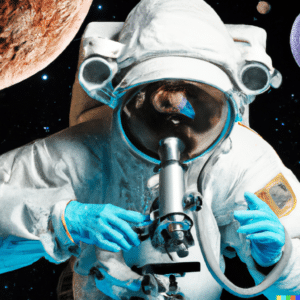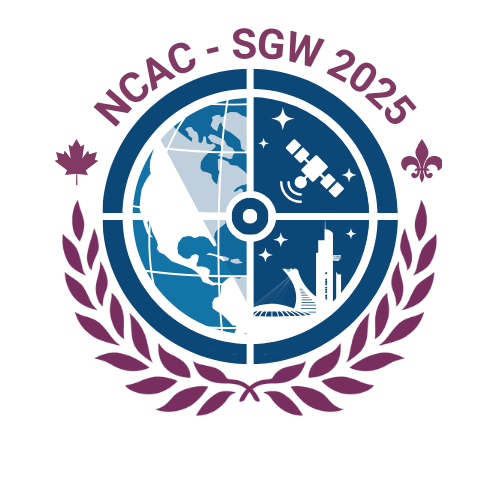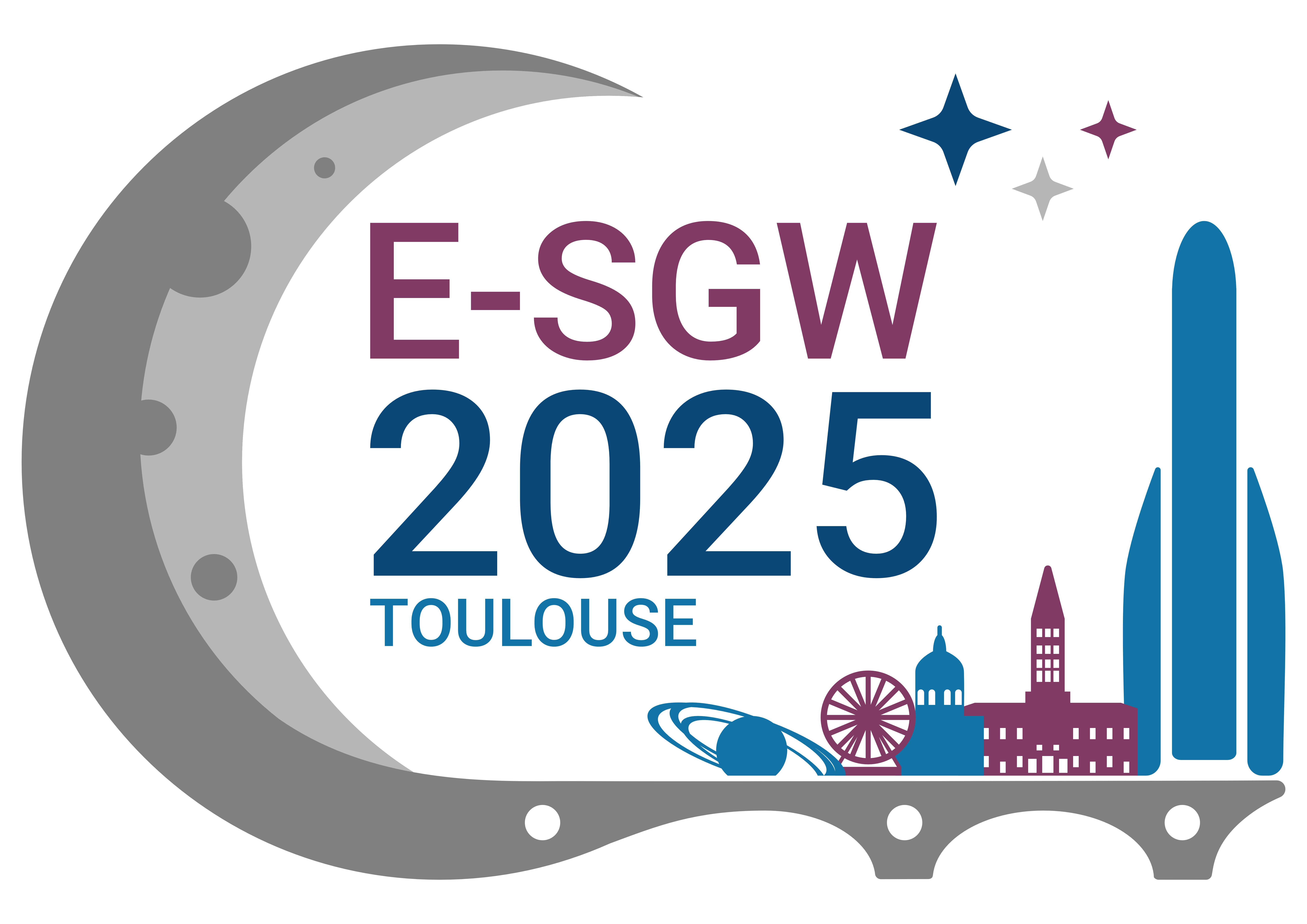

New project ideas for SMLS
You can become the brains behind our new projects! tell us about your ambitions within the space community and share your ideas about important projects in relation to space medicine and life sciences. Please fill in the survey by clicking the link below.



